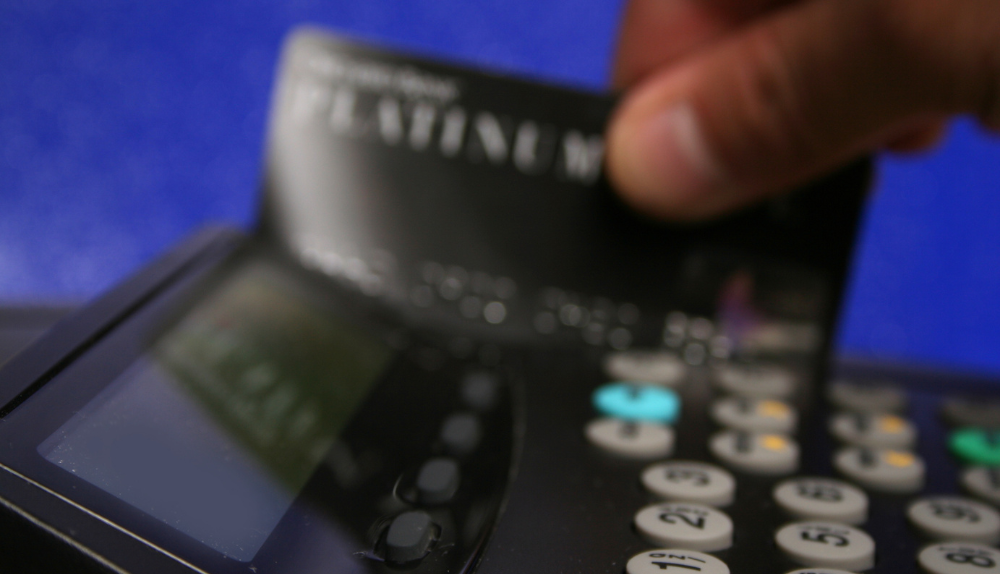
What is Credit Card Processing? How Does It Work?
- 01st May, 2023
- | By max
- | News
Credit card processing, at its heart, is really about enabling people to use plastic to pay for stuff. It’s the behind-the-scenes magic that allows you to swipe your card at the checkout lane or hand it to a waiter without having to carry around huge wads of cash.
Credit card processing works by verifying transactions in real-time and then transferring funds between accounts to actually complete the charge. This all happens in just a split second, but it’s really an intricate process that involves checking your available credit, getting approval from the card issuer, and routing payments across a network of banks, merchants, and processors.
If any part of this breaks down, your card won’t work and online shopping grinds to a halt. So credit card companies have built very robust systems with backup upon backup to try and prevent that from ever actually happening. They’ve also developed rules, known as card network rules, that everyone in the payments chain must follow to keep things secure, fair, and fraud-free.
While the technology behind credit card processing has become incredibly sophisticated, the core goals remain quite straightforward: authenticate the customer, authorize the charge amount, and transfer the money accurately and promptly. Get that wrong even once, and it shakes consumer confidence in the entire system.
So the next time you’re impatiently tapping your card at the checkout, remember that a giant, mostly invisible industry is working behind the scenes to make that quick transaction possible. Credit card processing really is the essential cog that keeps the credit card economy spinning round and round.
How Does Credit Card Processing Work?
So you swipe your card to pay, but how exactly does that transaction get completed? Behind the scenes, credit card processing is orchestrating a bunch of moving parts to authorize your charge, transfer funds between accounts, and prevent fraud.
Let’s start with authorization. When you swipe your card, the merchant sends all the transaction details, like the amount and your card number, to their payment processor. The processor then contacts the card issuer, like Visa or Mastercard, to verify that your card has enough available credit for the charge. If the issuer gives the OK, the transaction is authorized to proceed. If not, you may be asked for an alternate form of payment.
Authorization happens within just a second or two, but it’s carefully checking your credit limit to make sure the charge won’t put you over your spending limit. The goal is to avoid transactions that could be flagged as fraudulent due to a lack of funds in the account.
Once authorized, the money actually gets transferred between accounts through a process called settlement. This typically takes 1 to 3 business days as account balances are reconciled and funds are shifted from the card issuer to the merchant’s bank. All the while, the transaction details are recorded on your monthly statements so you have a record of the charge.
Chargebacks can happen if you dispute a transaction after the fact, claiming it was unauthorized or the amount was incorrect. These chargebacks result in the merchant losing the payment and paying chargeback fees, so they do whatever they can to prevent fraudulent charges in the first place.
Finally, payment processors and card issuers charge fees for their services facilitating all these transactions. Interchange fees go from the merchant to the issuer, while processors charge their own fees for routing transactions and managing payments. These fees get built into the costs of goods and services.
Conclusion
In conclusion, credit card processing has revolutionized commerce by providing a fast, secure, and seamless way to electronically transfer funds between buyers and sellers. What once required physical cash and checks now completes in seconds with a simple swipe of your card.
This transformation has been made possible through continuous innovation in technology, partnerships across industries, and strict adherence to standards that ensure trust in the system. What started as a means of enabling purchases on installment has evolved into a global network enabling billions of transactions each day.
While the costs, fees, and complex infrastructure behind credit card processing are largely invisible to consumers, they enable the convenience and choice we now enjoy. Our plastic cards have become a ubiquitous means of payment, accepted almost everywhere we shop, dine, travel, and more.
The future of credit card processing is bright, with new technologies like biometrics, contactless payments, and real-time global transfers on the horizon. Yet for all its promise of progress, the fundamentals will remain the same: verifying identities, approving legitimate charges, and transferring funds accurately and securely between accounts.
Credit card processing is ultimately what keeps the credit card economy spinning, enabling purchases big and small without the need for cash. It’s the machinery that makes all the magic possible behind each tap, dip, and swipe of the cards in our wallets. When done right, it simply fades into the background, ensuring a seamless experience for both merchants and cardholders alike. Overall, credit card processing has revolutionized finance by providing the plumbing that moves money invisibly and makes fast, convenient commerce the norm.
